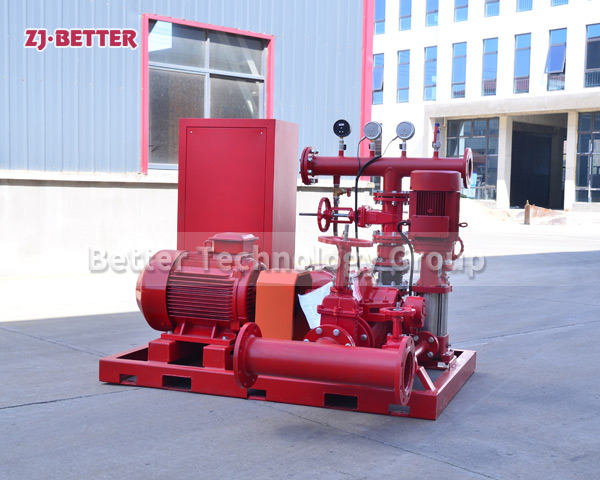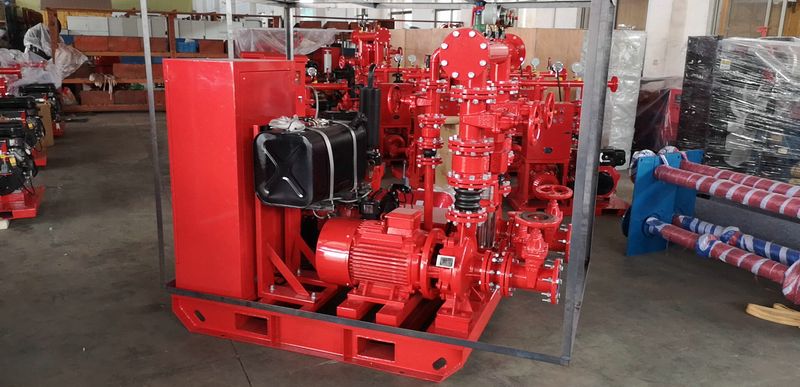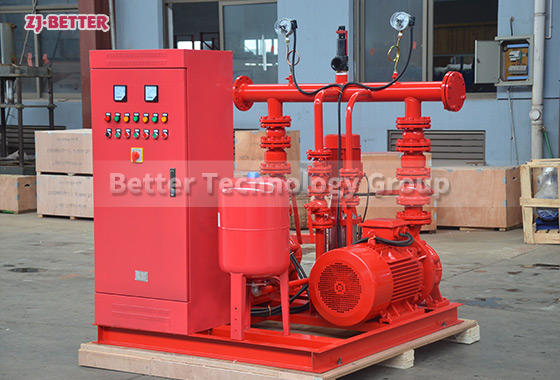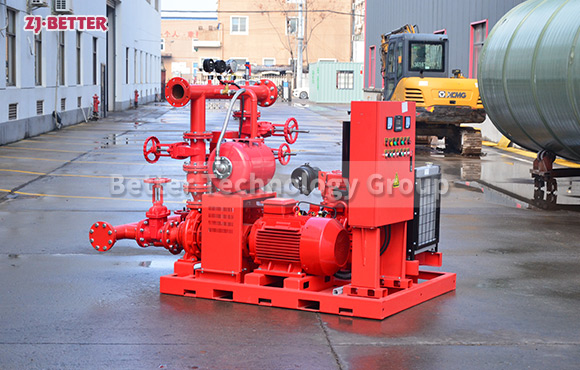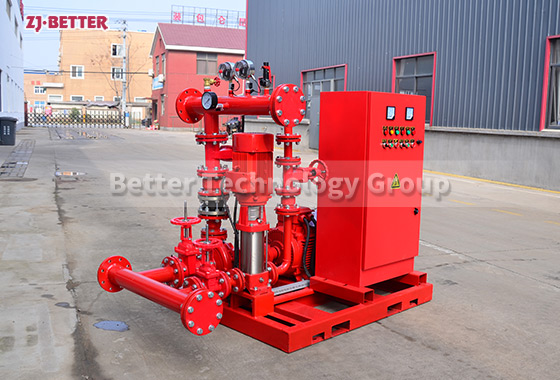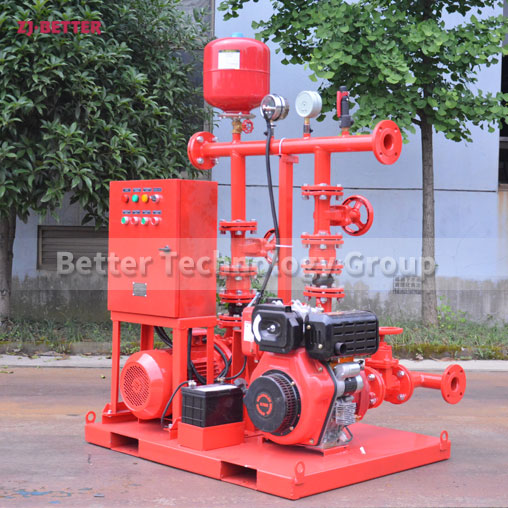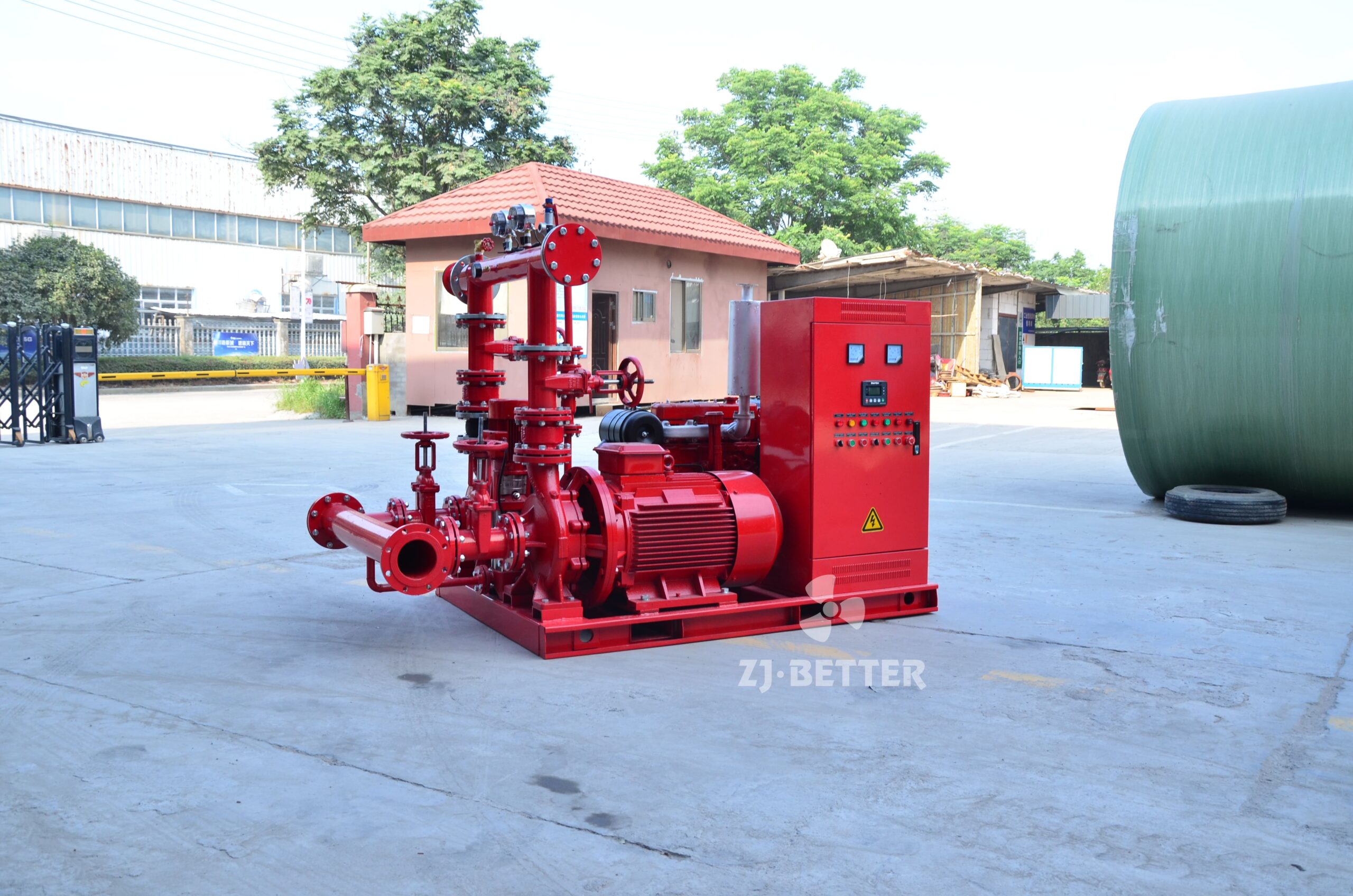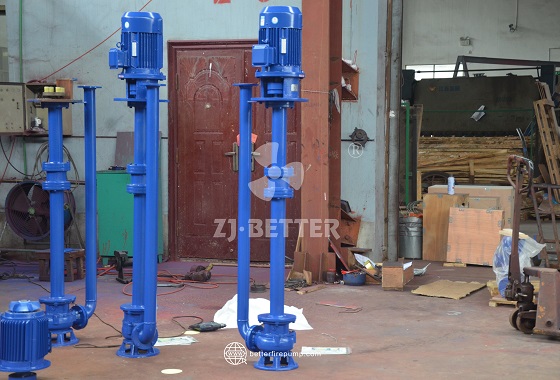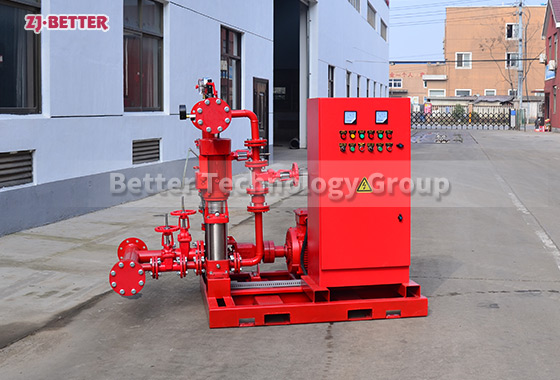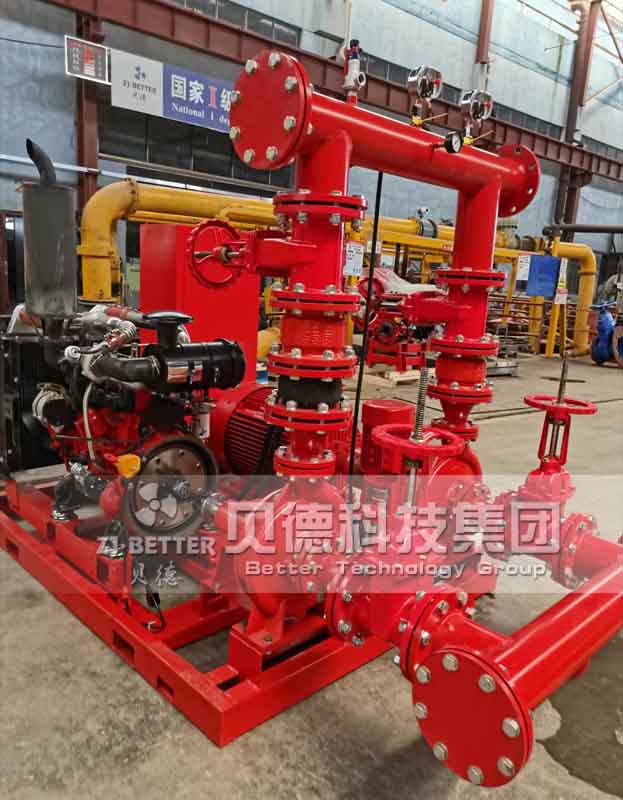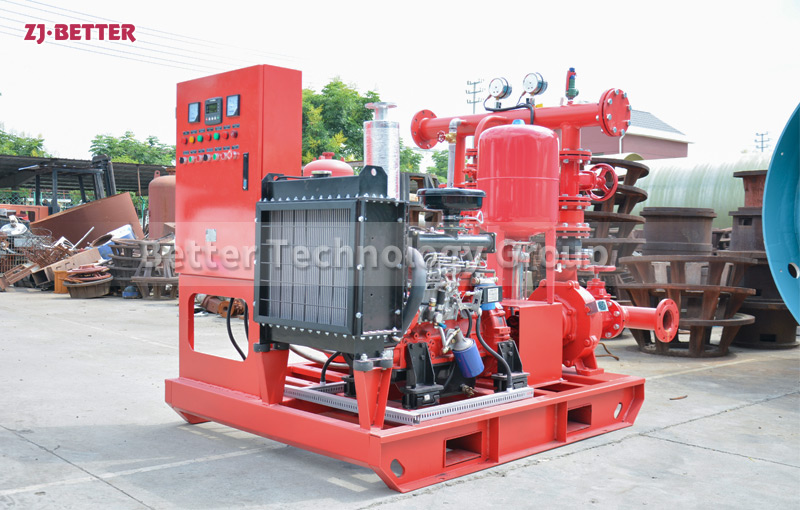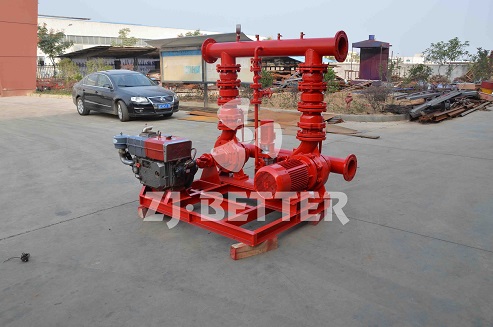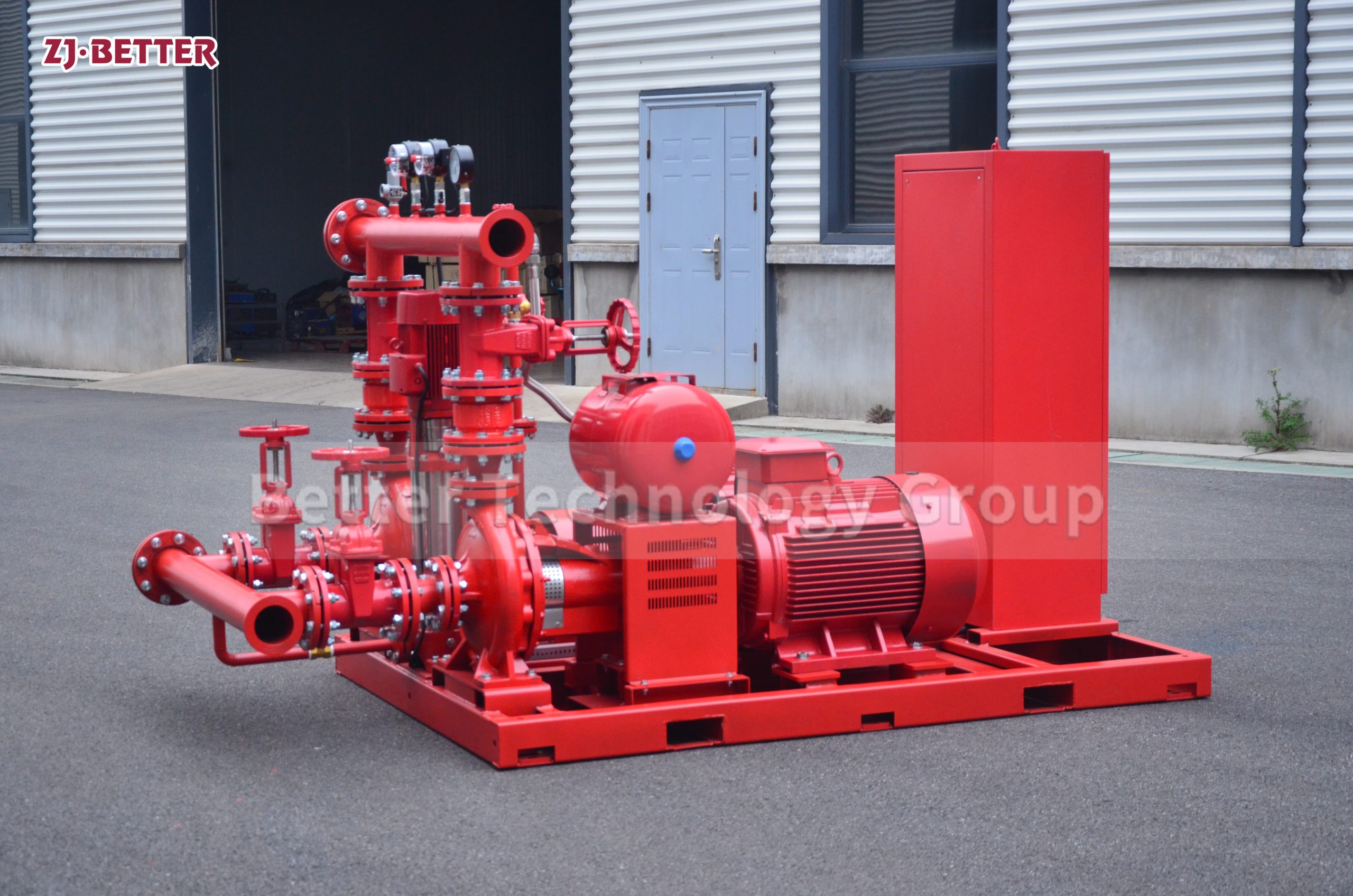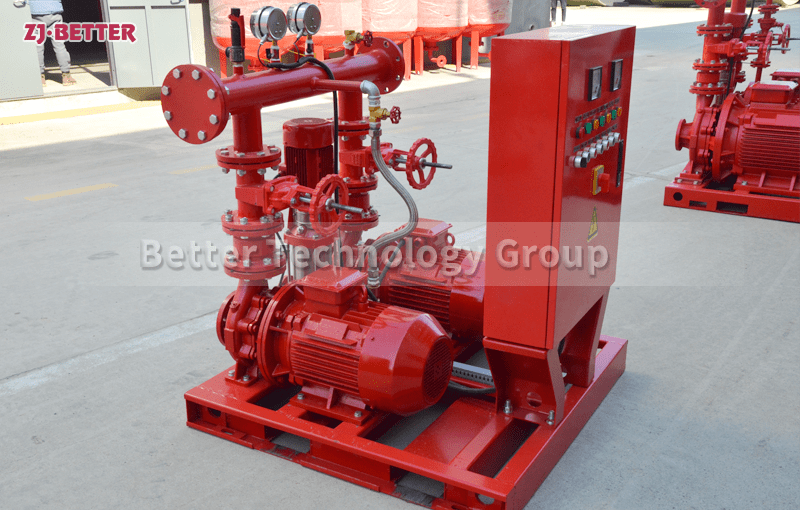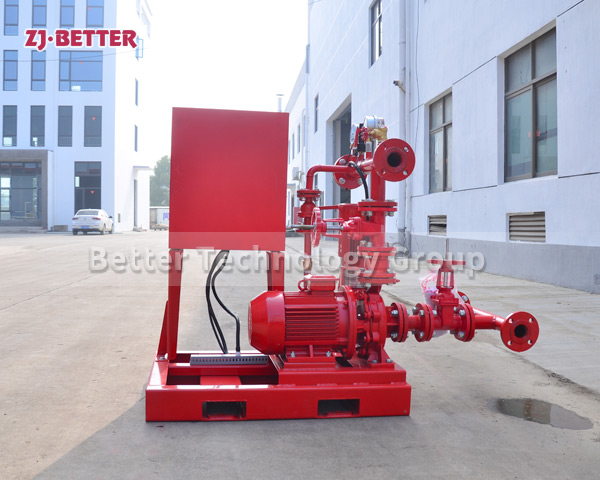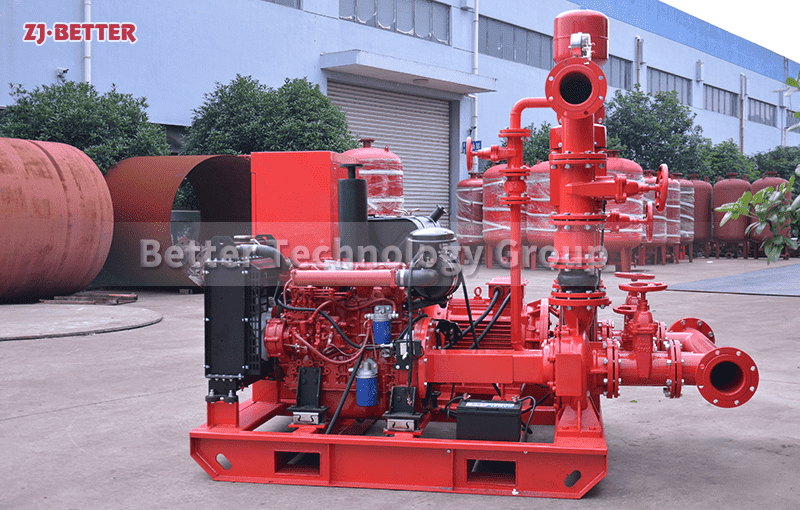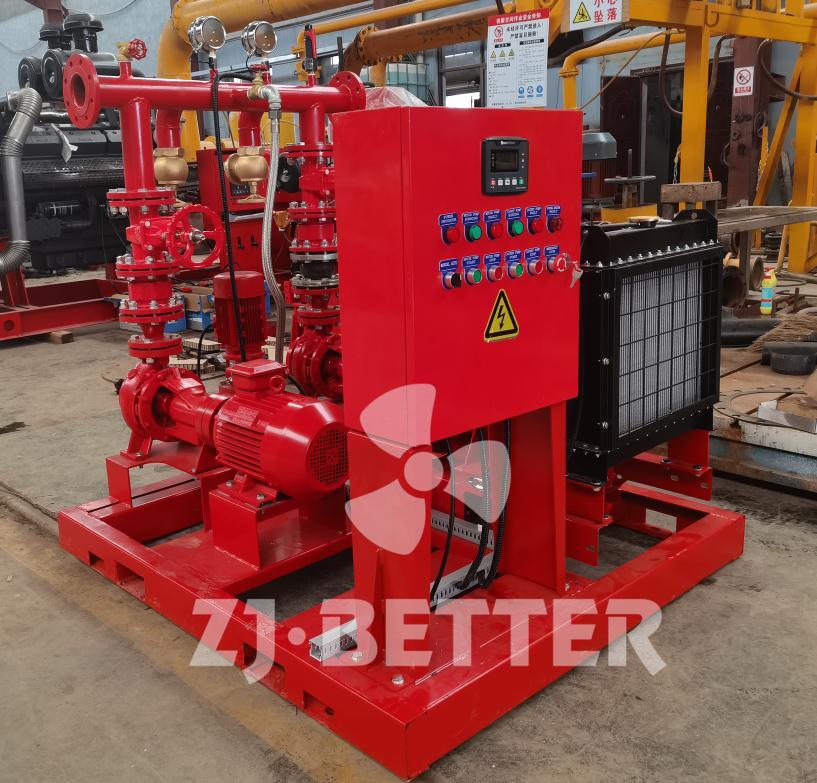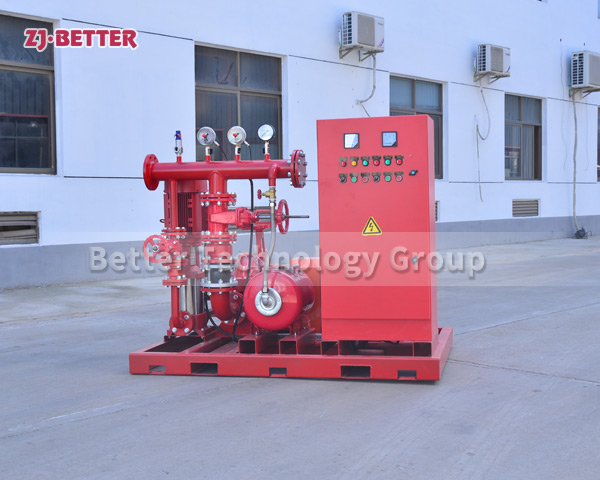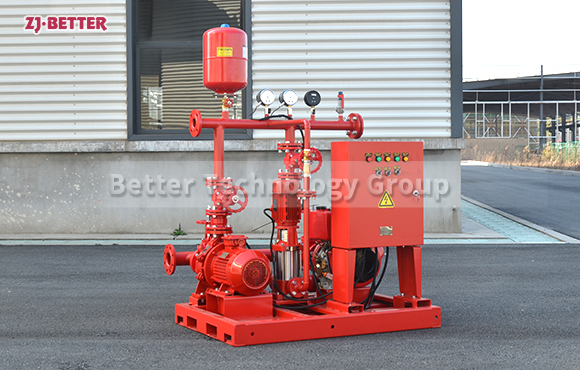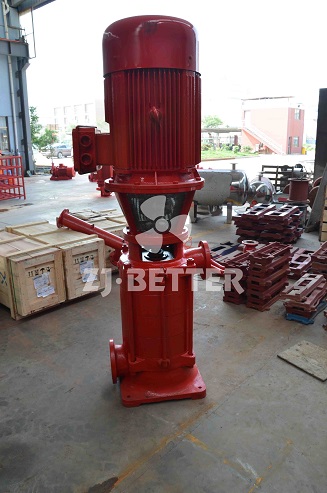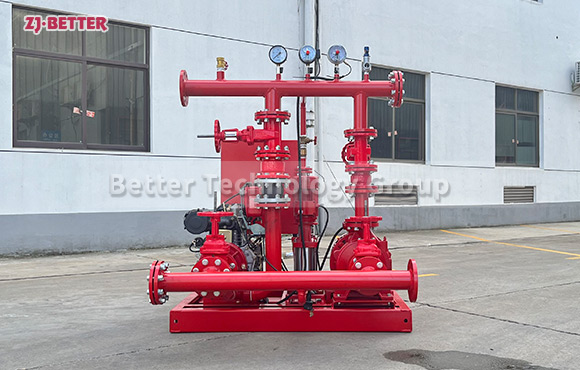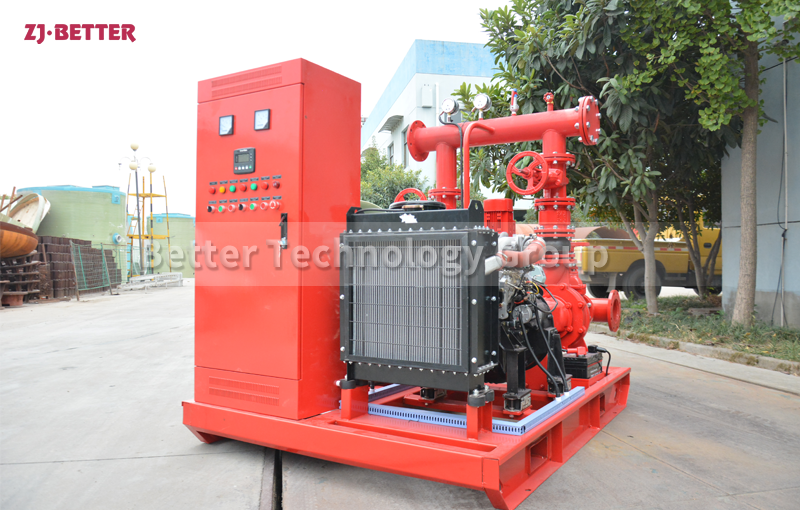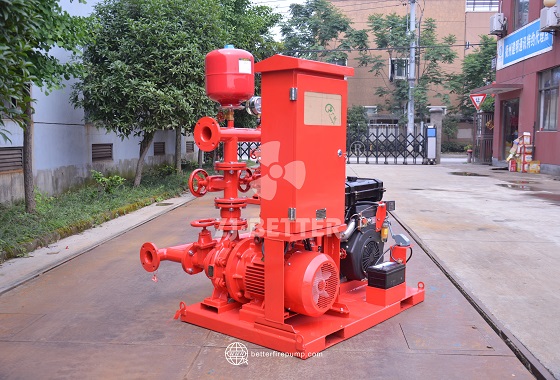The performance of the electric fire pump is stable
Although the electric fire pump has the advantages of simple operation and maintenance, the design specifications of most fire protection systems stipulate that when using the electric fire pump set, it should have the condition of double circuit power supply, and usually should have the diesel engine fire pump set as a backup pump set. Electric fire pump sets are driven by electric motors, and there are many varieties with different structures such as horizontal and vertical. The electric fire pump set has a small footprint, light weight, low noise, and good start-up and operation performance.
The electric fire pump is mainly used for water delivery in the fire protection system. As an indispensable tool for the fire protection system, the fire pump has the characteristics of simple structure and stable performance. With these advantages of high performance and low energy consumption, the safety and efficiency of the fire pump are far ahead of the pipeline tools of the same purpose.

